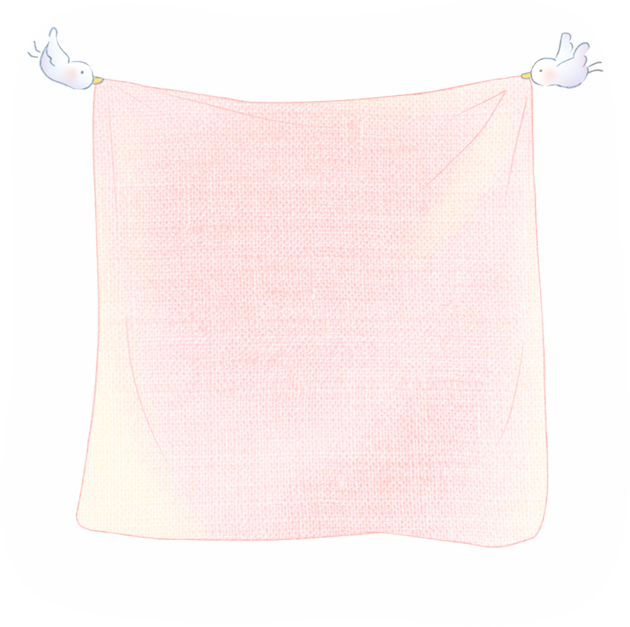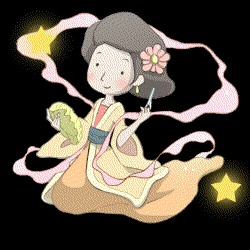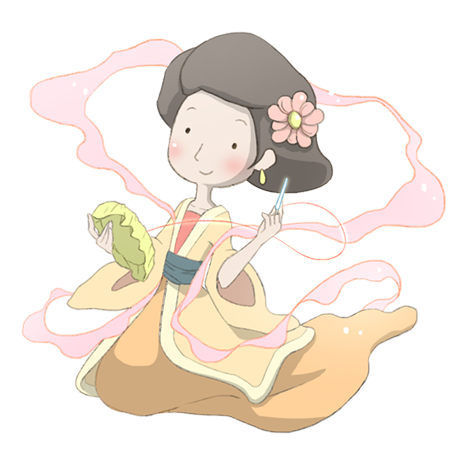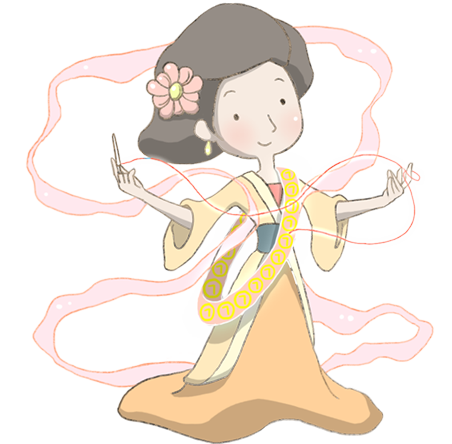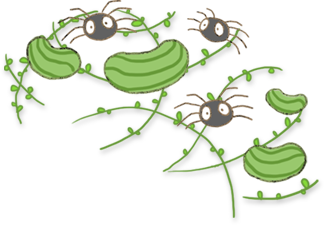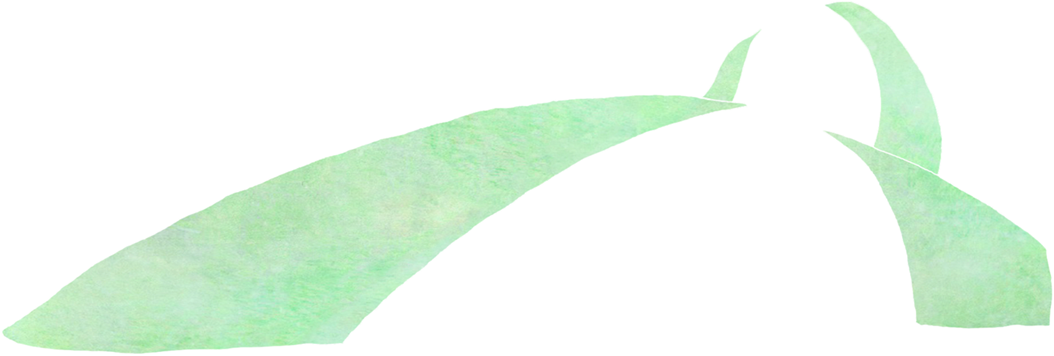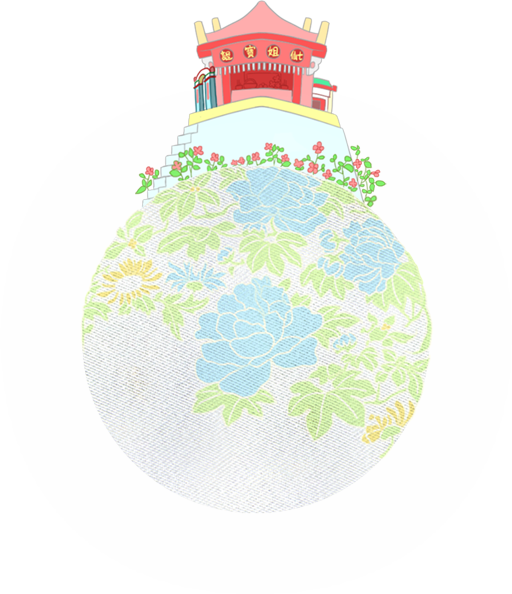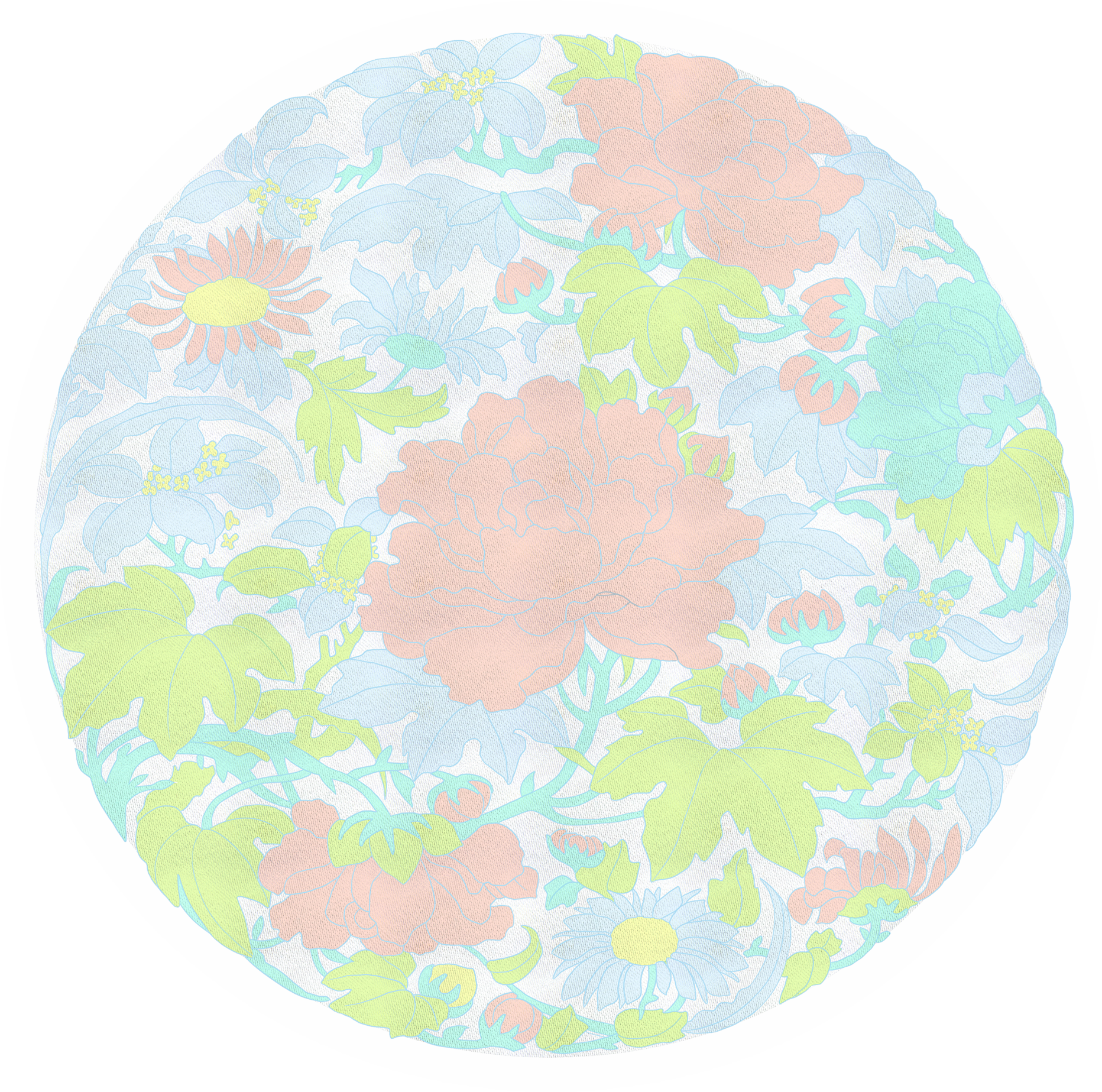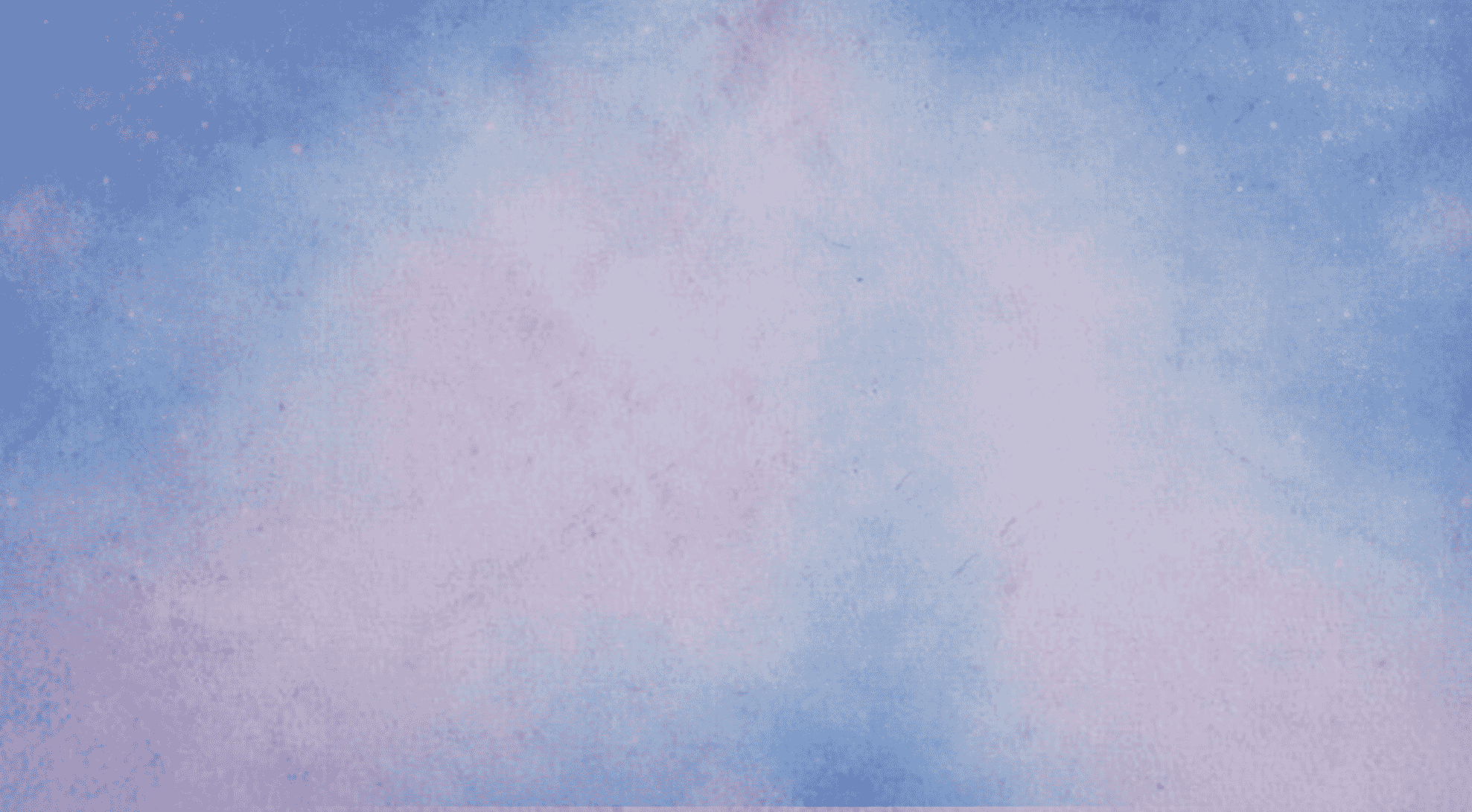The 6th day of the 7th month of the Lunar Calendar
The festival has its origin in Chinese folklore which tells how the Cowherd meets his wife the Weaver on the Bridge of Magpies once a year on the 7th day of the 7th Lunar month. In ancient times, girls did not usually leave the house. Knitting and needlecraft skills were mandatory for them. Therefore, during the festival, they pled the weaver maid for ingenuity and prayed for a good husband. However, as time goes by, many women nowadays work away from home and no longer focus on sewing. As a result, the significance of the festival is declining, and so does the population of the worshippers. There are not many places in Hong Kong where the custom is still kept.
Plead for skills
It is said that the Weaver was the seventh daughter in the family, so she was also called “the seventh sister” or “the seventh goddess”; the festival was also known as “Qixi Festival”, “Ingenuity-begging Festival”, “Double-seven Festival”, and “The Festival of Daughters.” The earliest descriptions of the two celestial stars, the Cowherd (Altair) and the Weaver (Vega), could be found in historical documents of Shang and Zhou Dynasties. The love story between the Cowherd and the Weaver, from which the festival originated, dates back to Han dynasty.
Recorded in the book Jin Chu Sui Shi Ji by Zong Shan of Liang of Southern Dynasty in the 6th century: “On the night of the 7th day of the 7th Lunar month, when the Cowherd and the Weaver meet, women of every household dress up and thread needles which are made of silver, gold or brass. They put carved melons in the yard to plead for ingenuity and if any melon is weaved on, the request is granted,” It means that the girl who owns the melon, on which the spider weaves its net on has pleased the Weaver and will be blessed with ingenuity. This custom is very popular in Guangdong area where people call the Weaver “fairy sister” and worship her as the protector of textile workers, lovers, women and children.
Worshipping The Seventh Sister
Among the temples of Seventh Sister in Hong Kong, the one on Peng Chau is quite famous. The temple was built on a terrace and it has one entrance only. It is so small that it can only accommodate two persons. There is a pavilion in front of the shrine for the worshippers to place their offerings on to the Seventh Sister. The temple does not have many visitors even on the Seventh Sister’s birthday, there is only a few dozens of citizens to worship. It is obvious that this custom is fading.
Celebration was usually held in the evening. People from Peng Chau visited the temple at the night of 6th day of the seventh lunar month. Most of the worshippers were middle-aged women; some went with their daughters, hoping the tradition can be passed on to the next generation. When they were asked about their wishes, most people said they had pled for peace and smoothness but none of them mentioned marriage; whether marriage was still their main concern was no body’s guess.
Unique offerings
The offerings to the Seventh Sister were different from what was usually provided to other gods. It was said the Seventh Sister was a young girl who loved to dress herself up. Thus, most of the offerings were fruits, and additionally some female necessities, e.g. traditional rouge, modern foundation powder, jewelry, paper-fans, towels, toothpaste, etc. Besides, the worshippers had not forgotten about the Cowherd that the offerings also included two pots of rice shoot, symbolizing the Cowherd’s good job on farming.
The worshippers burnt paper silver/ gold ingots and money as offerings in the paper-made “Seventh Sister’s Basin.” In the central part of the basin, there was a colorful picture depicting the scene when the Weaver meets the Cowherd on the bridge of magpies with her six sisters watching them. Some female products were also painted on the edge of the Basin. The worshippers put a small scale costume of the seventh sister and a hat of the cowherd of smaller scale next to the basin. On the hat, a sentence was written, “At the night of seven, the Cowherd meets the Weaver on the bridge of magpies,” which represented their best wishes for a good marriage.
Bidding for holy articles
At about 7pm, when more and more worshippers gathered at the Seventh Sister’s temple, the bidding begins. They told the abbot which article they wanted, and then practiced cup divination in front of the shrine; the person who got a certain cup result could take the chosen article home. The most popular article was the statue of the Seventh Sister and seven floral-lanterns which were the symbols of the goddess. If the worshipper failed to get her first choice, she could bid for other articles like fans, hair pins, needlecrafts, silver necklaces, and jadeware. Whatever the result was, no one went home with empty hands. Worshippers would buy the same article they got from the bidding next year and returned it to the temple for a new round.
